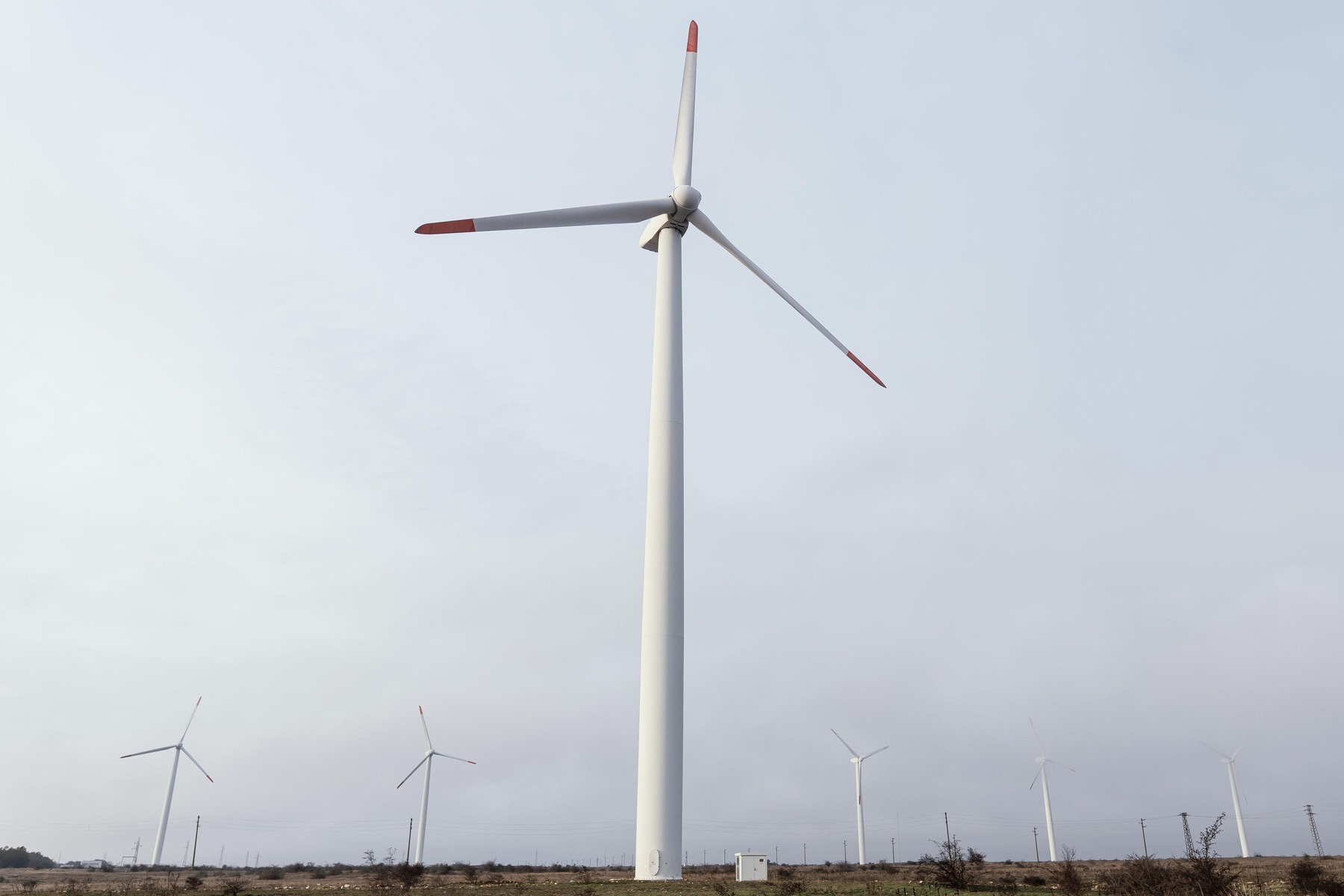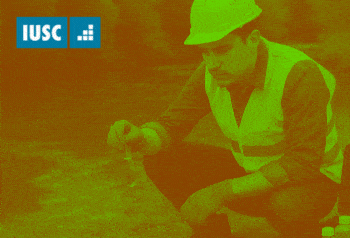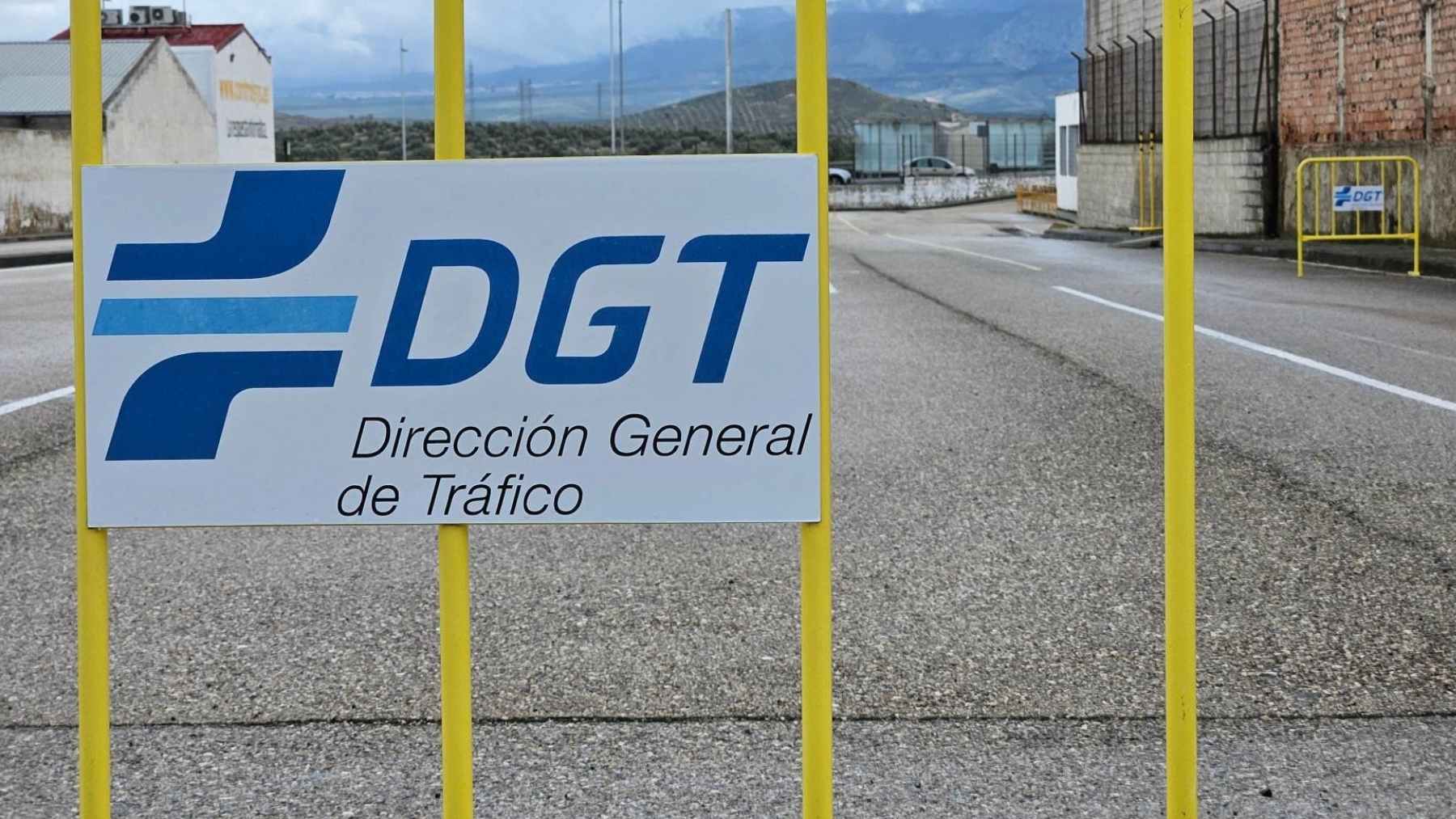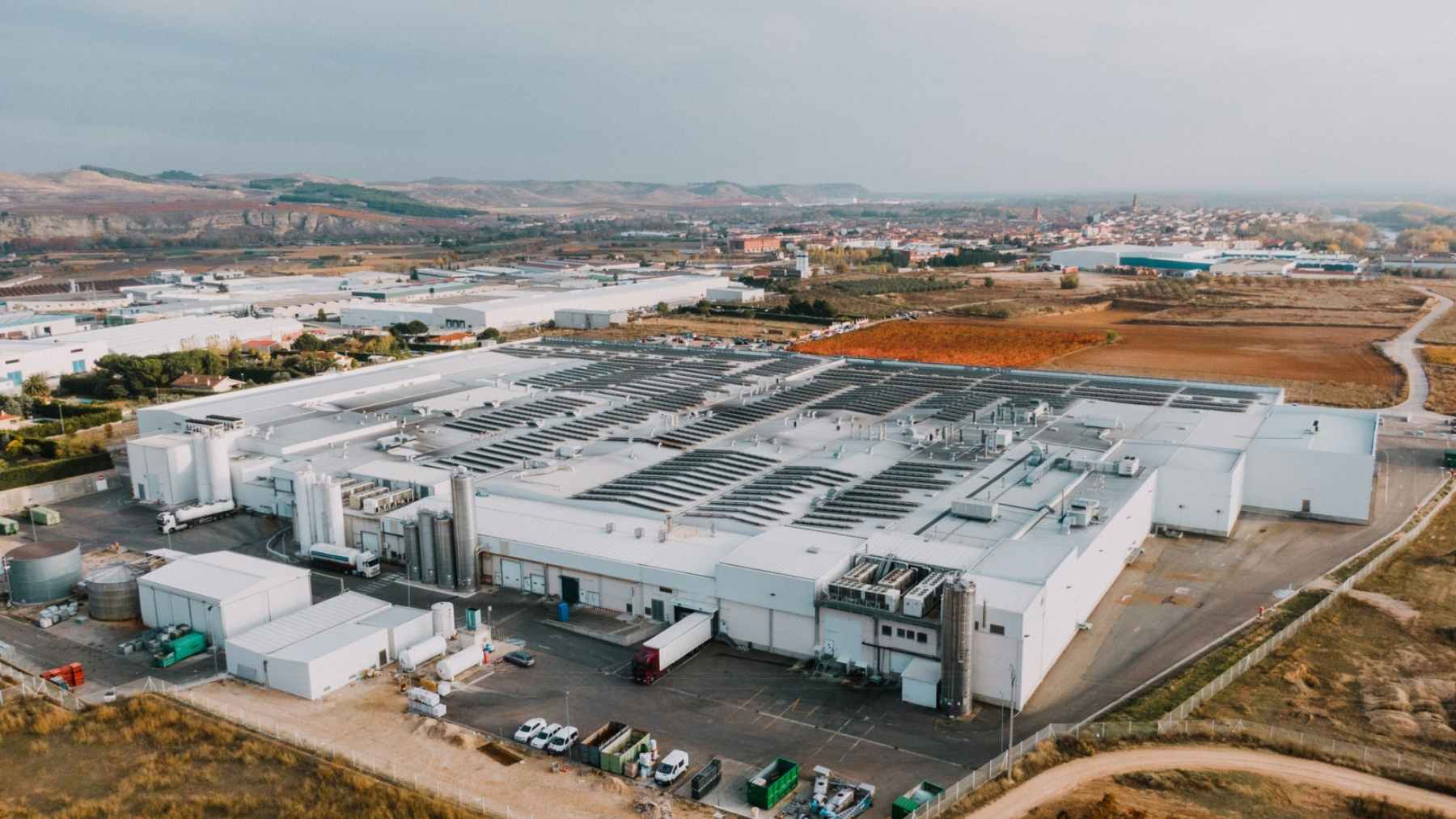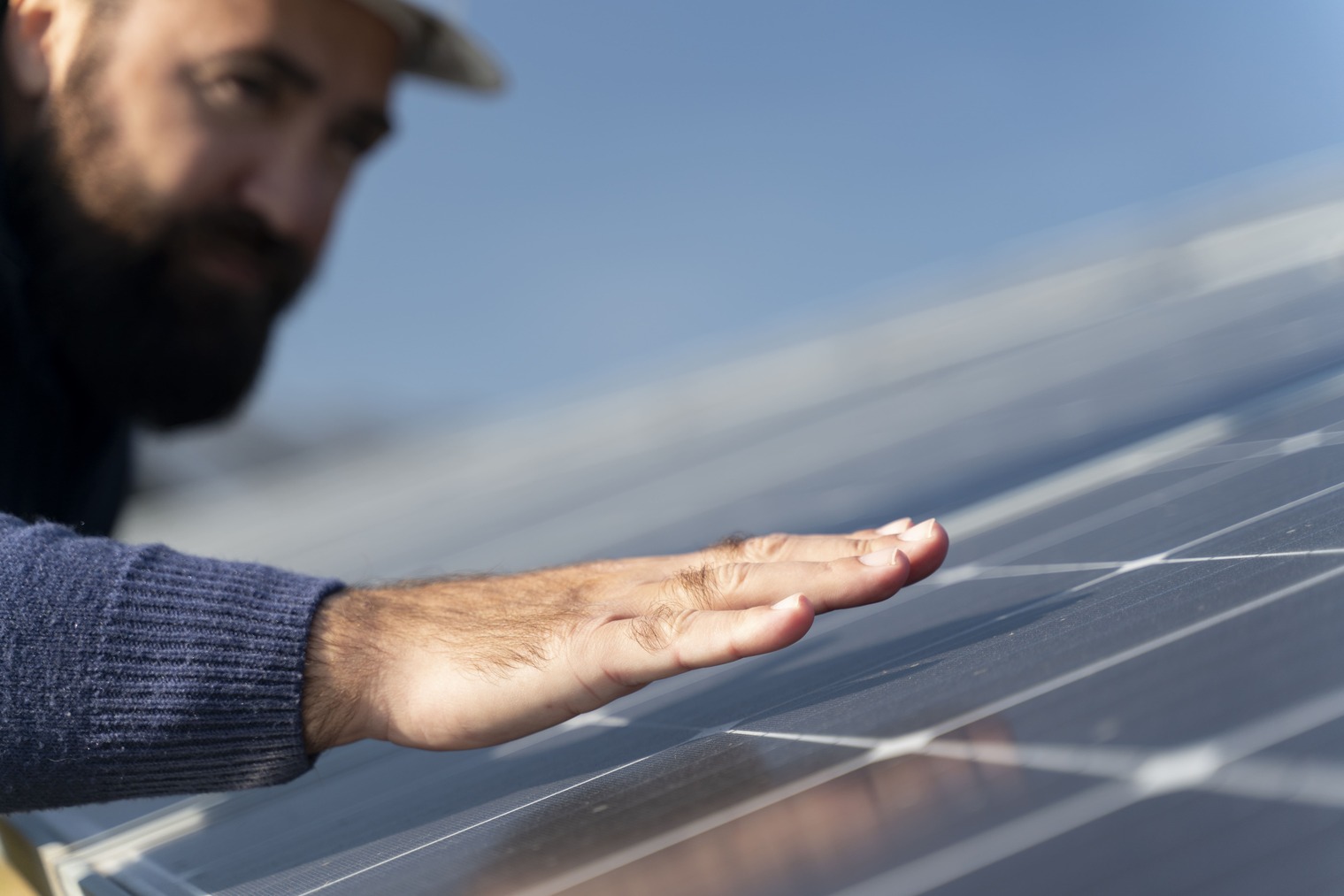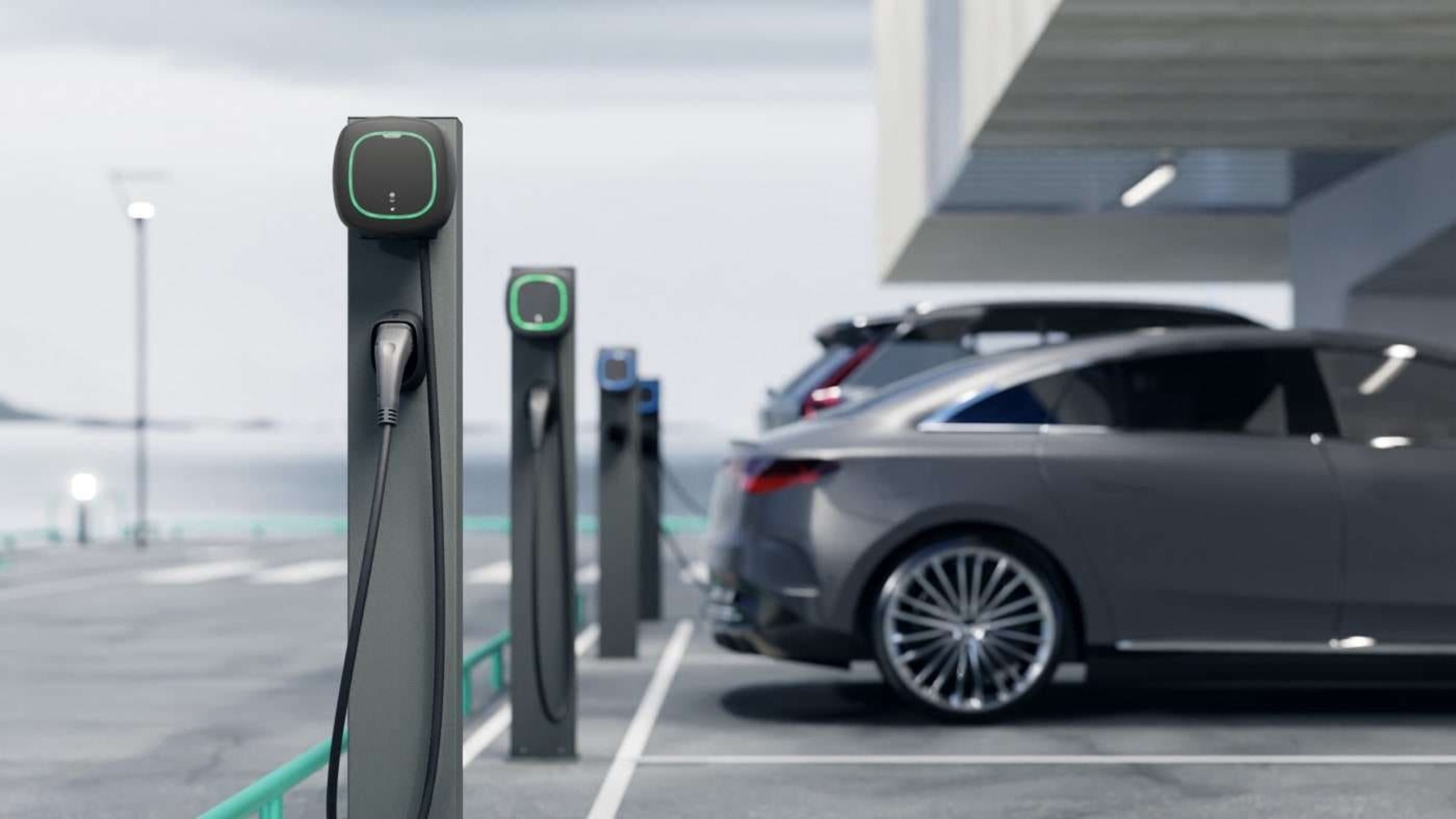Researchers from Washington State University have developed a tin electrode for lithium-ion batteries that can increase its storage capacity three-fold, with corresponding improvements in lifespan and charging speed.
The researchers, led by Grant Norton, a professor in the School of Mechanical and Materials Engineering, have filed patents on their technology which is based on growing nanowires of tin. They expect to bring it to the market within a year.
Rechargeable lithium-ion batteries are made up of two electrodes, a cathode and an anode. The movement of lithium ions from one to another is responsible for both the charging and discharging of the battery’s energy.
When charging, the lithium ions move from the cathode to the anode. The anode holds the lithium ions and stores that battery’s energy. When the battery is used, the ions move from the anode to the cathode, discharging electrons and creating a current.
The tin anode is made by creating “whiskers,” some as long as 10 millimeters. These whiskers are observed on tin-plated electronics, causing a problem in microelectronics as they can cause short circuits.
For battery anodes however, the tin “whiskers” provide a storage capacity that exceeds that of the current anode material graphite.
The researchers grow the tin “whiskers” directly onto copper foil using a standard industrial process known as electroplating. Using this process also means the tin-based anode is easier and more cost-effective to produce than graphite anodes.
The end product battery will look exactly the same as current batteries, so manufacturers don’t have to redesign their electronic devices.
The researchers were supported by the Washington State University College of Engineering and Architecture’s Emerging Technology Fund.
EcoSeed – Staff






